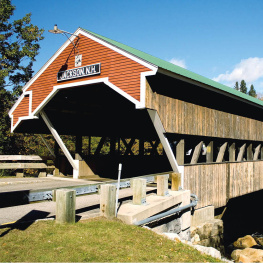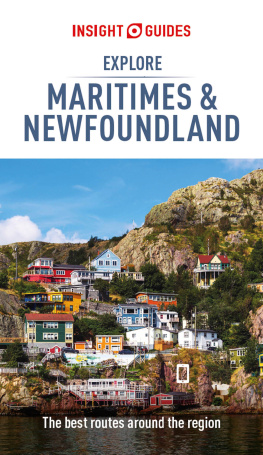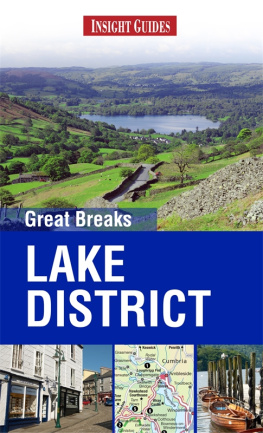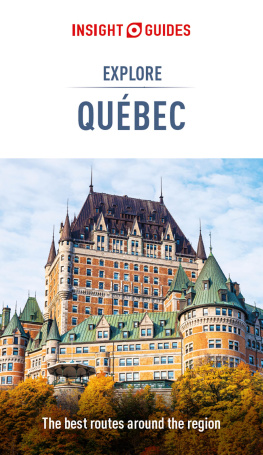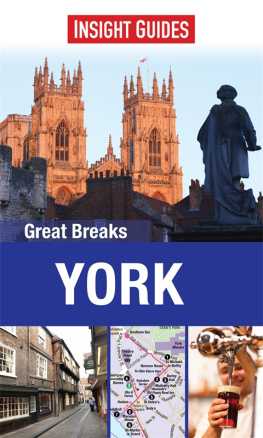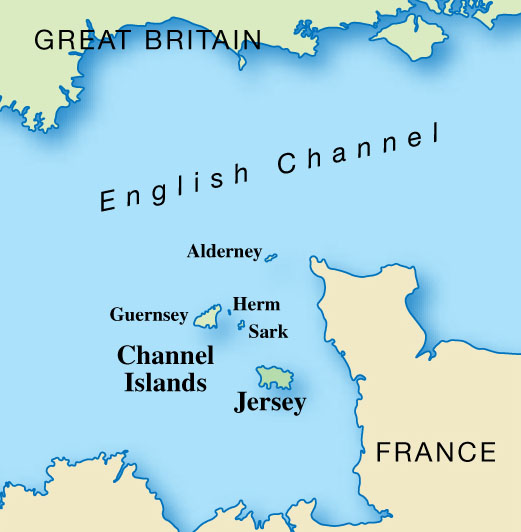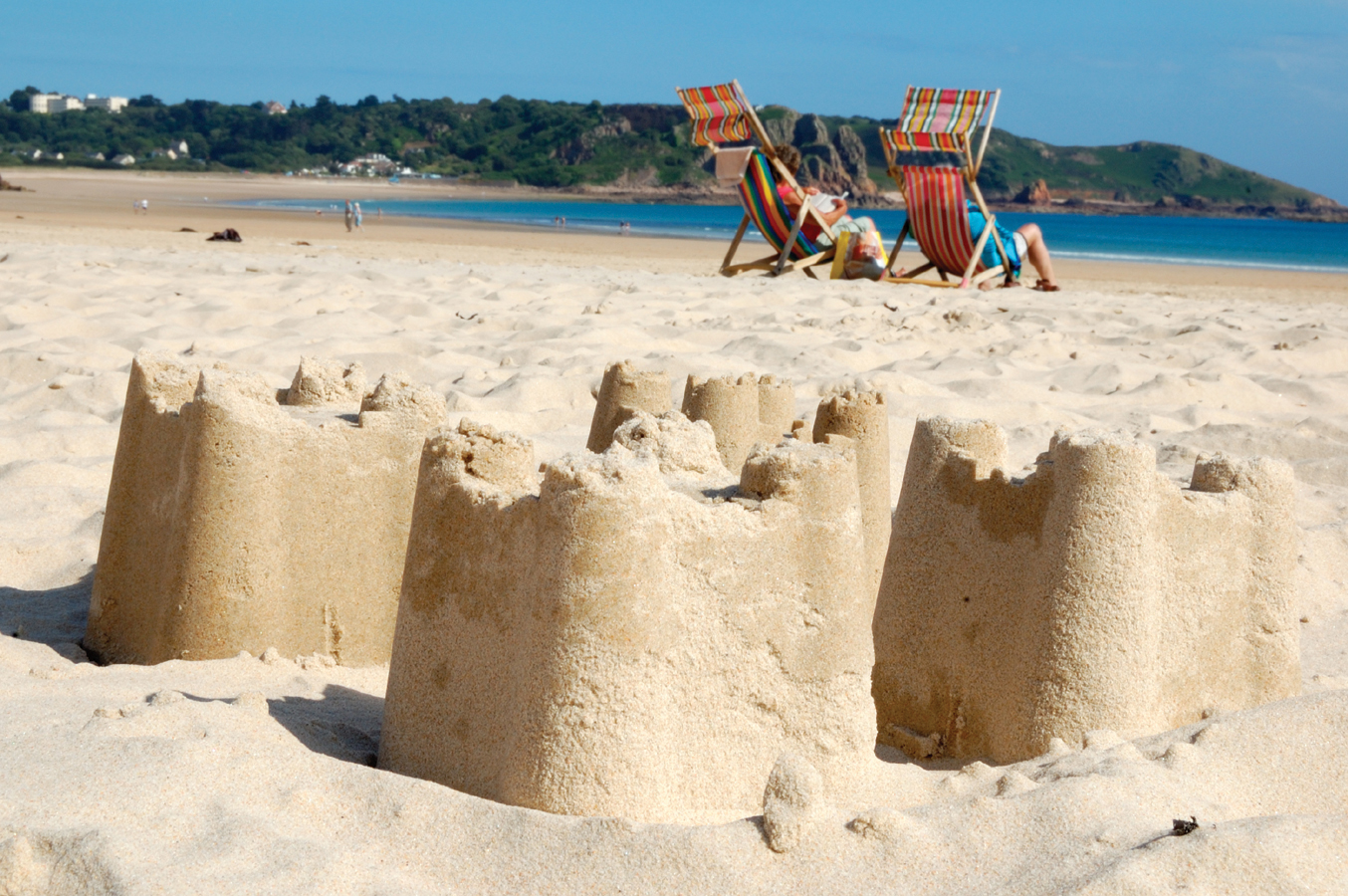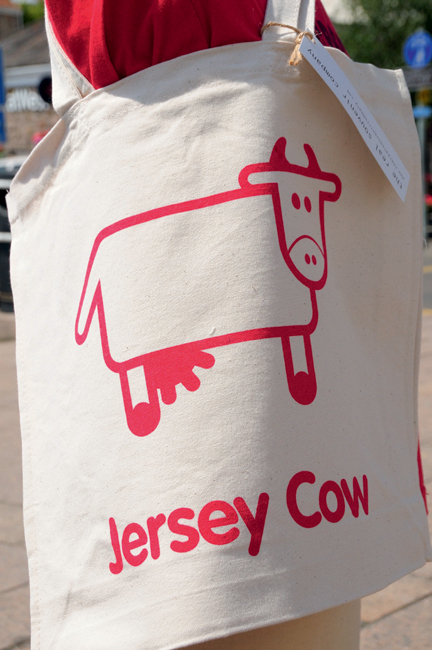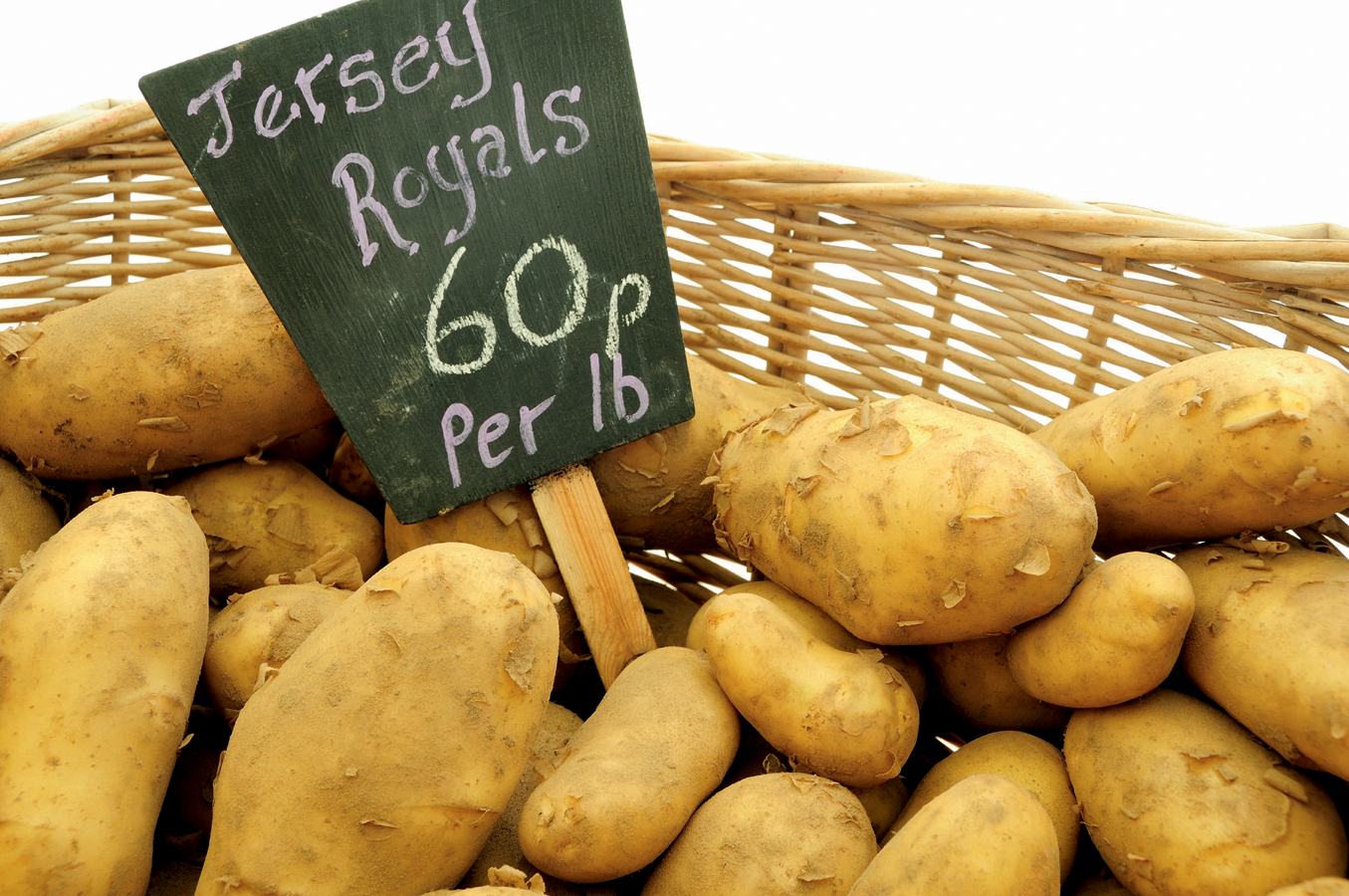How To Use This E-Book
Getting around the e-book
This Insight Great Breaks e-book is designed to give you inspiration and planning advice for your visit to Jersey, whether you're on a relaxing weekend break or an active holiday. The guide begins with our selection of Top Attractions, and an Overview that paints the history, geography and character of Jersey. The Tours give a complete guide to all the sights and areas worth visiting, with easy-to-follow maps and hand-picked places to eat, drink and shop en route. The Travel Tips are packed with information on active pursuits, themed holidays and transport, as well as specially selected accommodation to suit all tastes and budgets.
In the Table of Contents and throughout this e-book you will see hyperlinked references. Just tap a hyperlink once to skip to the section you would like to read. Practical information and listings are also hyperlinked, so as long as you have an external connection to the internet, you can tap a link to go directly to the website for more information.
Maps
All key attractions and sights in Jersey are numbered and cross-referenced to high-quality tour maps. Wherever you see the reference , just tap this to go straight to the related map. You can also double-tap any map for a zoom view.
Images
Youll find lots of beautiful high-resolution images that capture the essence of Jersey. Simply double-tap on an image to see it full-screen.
About Insight Guides
Insight Guides have more than 40 years experience of publishing high-quality, visual travel guides. We produce 400 full-colour titles, in both print and digital form, covering more than 200 destinations across the globe, in a variety of formats to meet your different needs.
Insight Guides are written by local authors who use their on-the-ground experience to provide the very latest information; their local expertise is evident in the extensive historical and cultural background features. All the reviews in Insight Guides are independent; we strive to maintain an impartial view. Our reviews are carefully selected to guide to you the best places to stay and eat, so you can be confident that when we say a restaurant or hotel is special, we really mean it.
Like all Insight Guides , this e-book contains many beautiful photographs to inspire and inform your travel. We commission most of our own photography, and we strive to capture the essence of a destination using original images that you wont find anywhere else.
2013 Apa Publications (UK) Ltd
Overview: Queen of the Channel
A tiny island in the shadow of France, Jersey packs in big beaches, stunning seascapes and a host of historic and family attractions
W hen the novelist Victor Hugo was exiled from France he chose to live on the island closest to home just 14 miles (22km) across the Channel, where his native language was spoken. Fragments of Europe dropped by France and picked up by England , was how he described the Channel Islands. As self-governing islands and strongholds of ancient, semi-feudal laws, the Channel Islands are neither truly British, nor are they French. English is now the accepted language, the currency is pounds and pence, yet many street names are still in French, the food has a Gallic slant and the islands have a distinctly foreign flavour. Tourists are drawn by this combination of French flavour and British lifestyle not to mention the location, which is sufficiently far south to guarantee more daily hours of sun than anywhere else in Britain.
Catching some rays on St Brelades beach.
APA/Anna Mockford and Nick Bonetti
For a small island Jersey offers a wide range of attractions and activities, from ancient castles and wartime r elics to sea sports and cycle tours, spas and adventure parks. But for most visitors its the coastline that has the greatest allure. Jersey has 50 miles (80km) of shoreline and 20 miles (32km) of fine sandy beaches, swept clean by huge tides. The island tilts southwards, and seascapes range from the towering cliffs of the north to the Atlantic rollers of the west and the spacious sands of the south. The island has one of the largest tidal movements in the world, and the coastal landscape undergoes dramatic changes between high and low water.
LOCATION AND CLIMATE
The most southerly of the British Isles, Jersey lies in the Gulf of St Malo, 100 miles (160km) from mainland Britain, but only 14 miles (22km) from the coast of Normandy. On most days you can see France from the north and east coasts. Largest of the Channel Islands, Jersey is 9 miles (14km) east to west, 5 miles (8km) north to south. In summer the island has a daily average of eight hours of sunshine and an average maximum temperature of 68F (20C). As in the UK, there is always the risk of bad weather, but clouds are often quickly dispersed by the strong south-westerly winds.
The Jersey cow pops up everywhere on the island.
APA/Anna Mockford and Nick Bonetti
BRITISH LINKS
The Channel Islands once formed part of the Duchy of Normandy but have had links with the British Isles ever since the Battle of Hastings, when they became part of the Anglo-Norman realm. The links were reinforced in 1204 when King John lost Normandy to France but the Channel Islands chose to remain loyal to the English crown. In return for their allegiance King John granted the islands customs and privileges, tantamount to self-government, which have since been confirmed by every English monarch. France then became the enemy, and for the next 650 years Jersey was repeatedly threatened by French invasions. The last invaders were the Nazi Germans, who occupied the Channel Islands in World War II.
LANGUAGE
Until the 1960s French was still the official language of Jersey. Prayers are still said in French before States and court sittings, and the parliament votes pour or contre . Not so long ago a Jersey resident would have spoken English, standard French and the ancient Jersey-Norman patois known as Jrriais. Jrriais enjoyed a revival during the German Occupation as a useful means of covert communication, and today it can very occasionally be heard by elderly Jersiais (the people who speak it). Only 3 percent of the population speak it fluently, but renewed interest in the language has led to the introduction of classes in some schools.
Jersey Royals are one of the most prized crops of spring.
APA/Anna Mockford and Nick Bonetti
Toads and Donkeys
Deep-rooted rivalries exist between Jersey and Guernsey. To Guernsey natives Jersey is the other island and the inhabitants are crapauds (toads), while Jersey people refer to the residents of their supposedly stubborn little sister as nes (donkeys).



